The spectrum of pathologies in post-cardiac transplant paediatric deaths; what are we missing?
Thomas R. Jones (1), Srinivas Annavarapu (2)
1 – Newcastle University Medical School,
2 – Royal Victoria Infirmary, Newcastle upon Tyne
Paediatric heart transplant (pHTx) is the “gold standard” for children with congenital heart diseases resulting in cardiac failure. However, it is challenging and uncommon and therefore only undertaken in two sites in the UK: The Freeman Hospital, Newcastle and Great Ormond Street Hospital, London each see 15-20 transplants a year. As a result, paediatric post-transplant pathologies are under-studied and under-recognised.
The most important pathological causes of mortality in post-pHTx patients are immunosuppression-related opportunistic infections and rejection. The opportunistic infections range from bacterial (Pseudomonas), fungal (Candida, Aspergillus), viral (CMV, Parvovirus, EBV, Herpes) and Pneumocystis infection. Rejection can be acute (cellular or antibody-mediated) or chronic (Cardiac Allograft Vasculopathy/CAV). CAV is one of the main risk factors for death in about a quarter of the patients, with re-transplant as the only treatment option.
We present our experience of 12 cases from the Freeman Hospital, 2011-2017: The aim is that through this collation of cases we may add to the literature by elucidating on the spectrum of pathologies to be found including the basic science behind them and their impact on surgical outcomes.
The cases raise discussion of the time courses and possible continuum between acute and chronic rejection, as well as the debate on the correct monitoring and management of both; opportunistic infections are discussed and the importance of CMV infection is addressed. We conclude that major differences in practice and experiences exist between centres and that clinicians and pathologists must together reflect on these if we are to improve outcomes.
